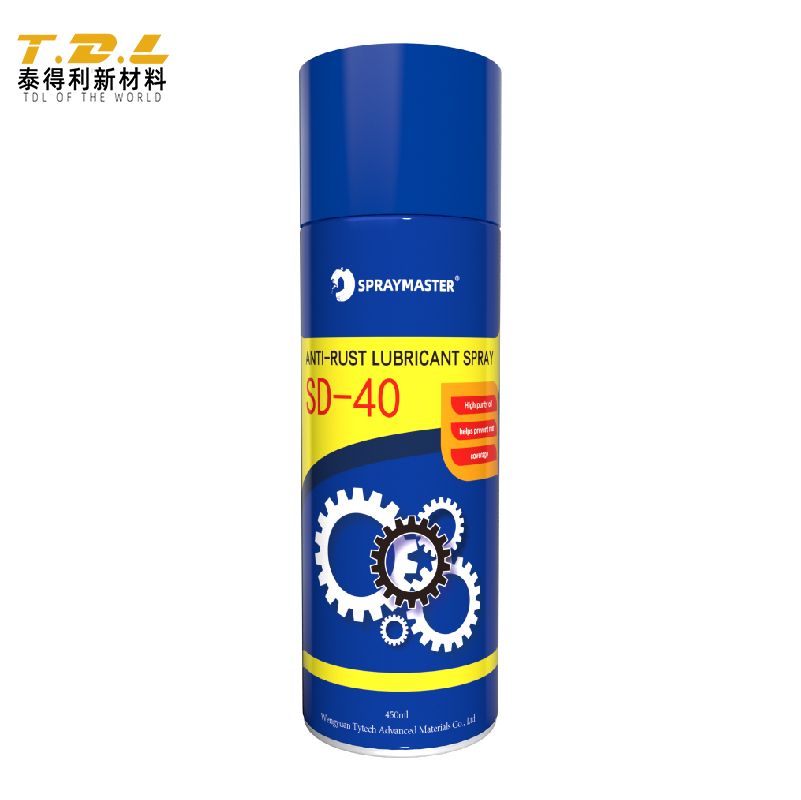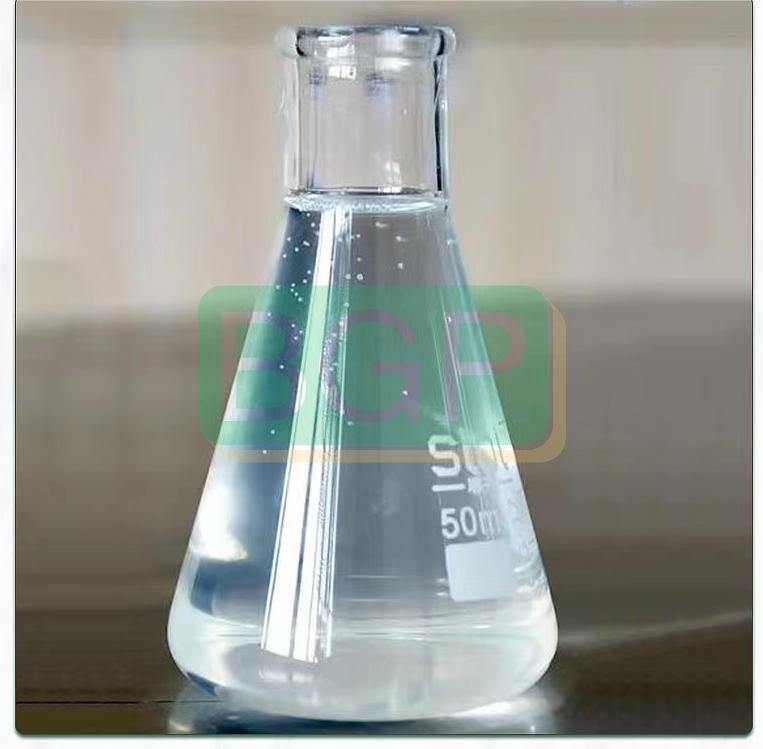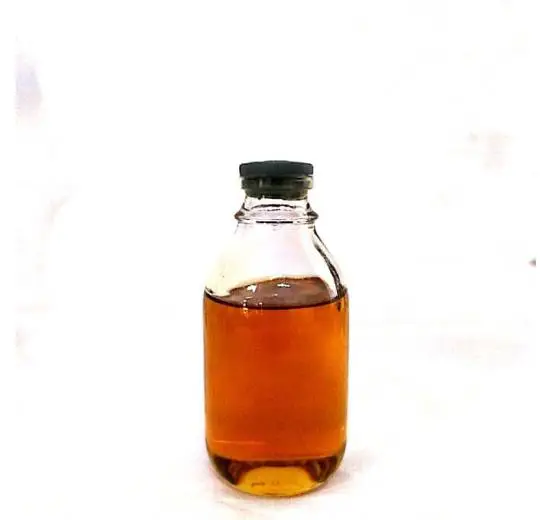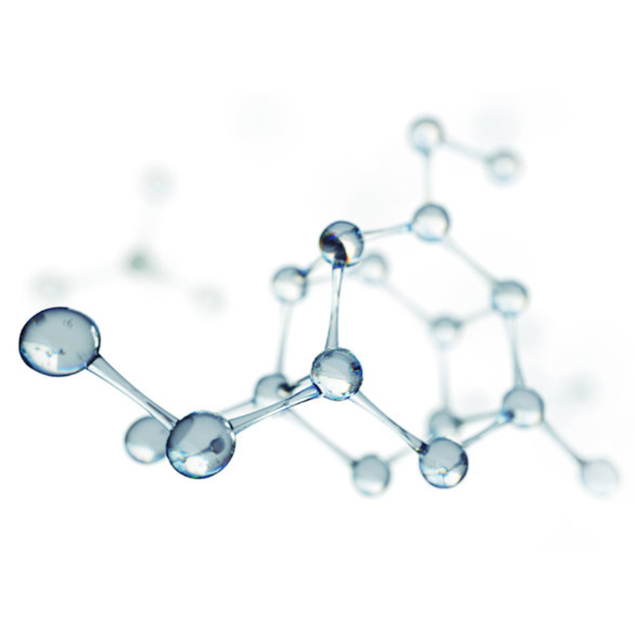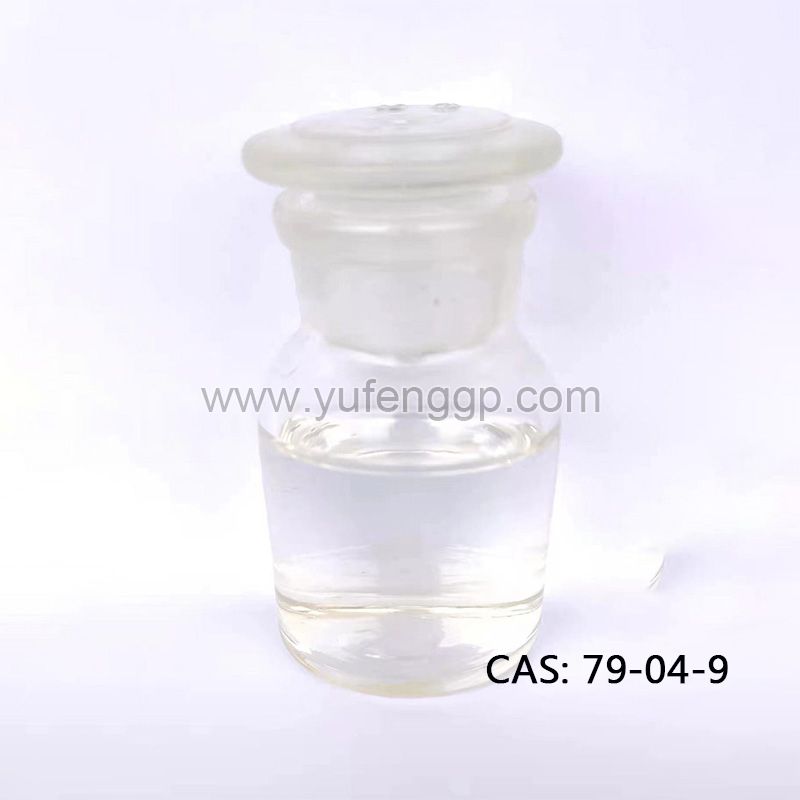What is methyluracil ointment used for?
Methyluracil ointment, a topical medication, has gained recognition for its versatile therapeutic properties and potential benefits in various dermatological conditions. Derived from the naturally occurring compound methyluracil, this ointment offers a range of applications that extend beyond its initial discovery. In this article, we delve into the uses, mechanisms of action, and potential benefits of methyluracil ointment.
Understanding Methyluracil Ointment
Methyluracil, chemically known as 6-methyluracil or thymine, is a pyrimidine derivative found in DNA and RNA molecules. It is also synthesized for pharmaceutical purposes and used in the production of methyluracil ointment. This ointment is a topical formulation containing methyluracil as its active ingredient, often combined with a suitable base or carrier.
Uses and Applications
Methyluracil ointment is predominantly employed in dermatology and wound care due to its reported healing and tissue-regenerating properties. Its versatile nature lends itself to various applications, making it valuable in the treatment of several conditions:
Wound Healing: Methyluracil ointment is believed to stimulate tissue repair and wound healing by promoting the growth and multiplication of cells involved in the healing process. It may aid in the formation of new tissue, reducing the time needed for wound closure and minimizing scar formation.
Burns and Ulcers: The ointment's potential to accelerate tissue regeneration has led to its use in treating minor burns, abrasions, and non-healing ulcers. Its application on affected areas may assist in reducing inflammation and promoting the healing of damaged skin.
Skin Irritations: Methyluracil ointment is often recommended for soothing and relieving skin irritations, such as minor cuts, scrapes, and chafing. It may help alleviate discomfort and support the natural healing process.
Dermatological Conditions: Some reports suggest that methyluracil ointment could be beneficial in managing certain dermatological conditions like eczema, psoriasis, and dermatitis. Its potential anti-inflammatory and regenerative properties may contribute to alleviating symptoms and improving skin health.
Mechanism of Action
The exact mechanisms underlying the effects of methyluracil ointment are not fully understood, and research in this area is ongoing. However, some proposed mechanisms include:
Explore more:Unlocking the Versatility of Polyvinyl Alcohol (PVA) in Diverse Industries
Advantages and Applications of UV Roller Varnish
What is Sulfur Dioxide (SO₂)?
What is the use of sulfonyl chloride?
Which grade of HPMC is best?
GPPS Plastic Material: Unlocking the Potential of Versatile Thermoplastic
The Phenol Alkylation Plant Revolutionizes Chemical Industry
Cell Proliferation: Methyluracil is thought to stimulate cell division and proliferation, which may enhance tissue regeneration and wound healing.
Immune Modulation: The ointment may have immunomodulatory effects, influencing the immune response at the site of application and potentially promoting healing.
Anti-Inflammatory Properties: Methyluracil ointment might possess anti-inflammatory properties that contribute to the reduction of inflammation and irritation associated with various skin conditions
Enhanced Collagen Synthesis: Collagen is a key component of healthy skin. Methyluracil ointment could potentially promote collagen synthesis, leading to improved skin structure and appearance.
Conclusion
Methyluracil ointment, with its active ingredient derived from the naturally occurring compound methyluracil, presents a promising option for various dermatological and wound care applications. While its precise mechanisms of action continue to be explored, its reported benefits in wound healing, tissue regeneration, and skin irritations make it a valuable addition to dermatological treatment protocols.
As with any medical treatment, it is essential to consult a healthcare professional before using methyluracil ointment, especially for more severe or chronic skin conditions. Individual reactions and responses to the ointment may vary, and proper medical guidance ensures safe and effective use. As scientific research progresses, our understanding of methyluracil ointment's potential benefits and mechanisms will likely become more refined, potentially leading to even broader applications in the field of dermatology and wound care.
More related articles:
What is sodium sulfide used for?
What is polyvinyl alcohol used for?
Explore more:What is copper sulfate mainly used for?
What is a liquid adhesive?
Unlocking the Potential of Isobutane: A Comprehensive Guide
What Are Polypropylene Fibres Used For?
Applications of Matting Powder in Leather Products
The Role of the Methyl Acetate Plant
Elevate Your Interiors with Luxurious Velvet Effect Wall Paint




